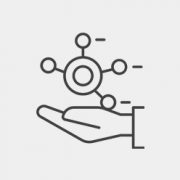We are an independent nonprofit institute developing AI-based solutions for underserved communities in developing countries.
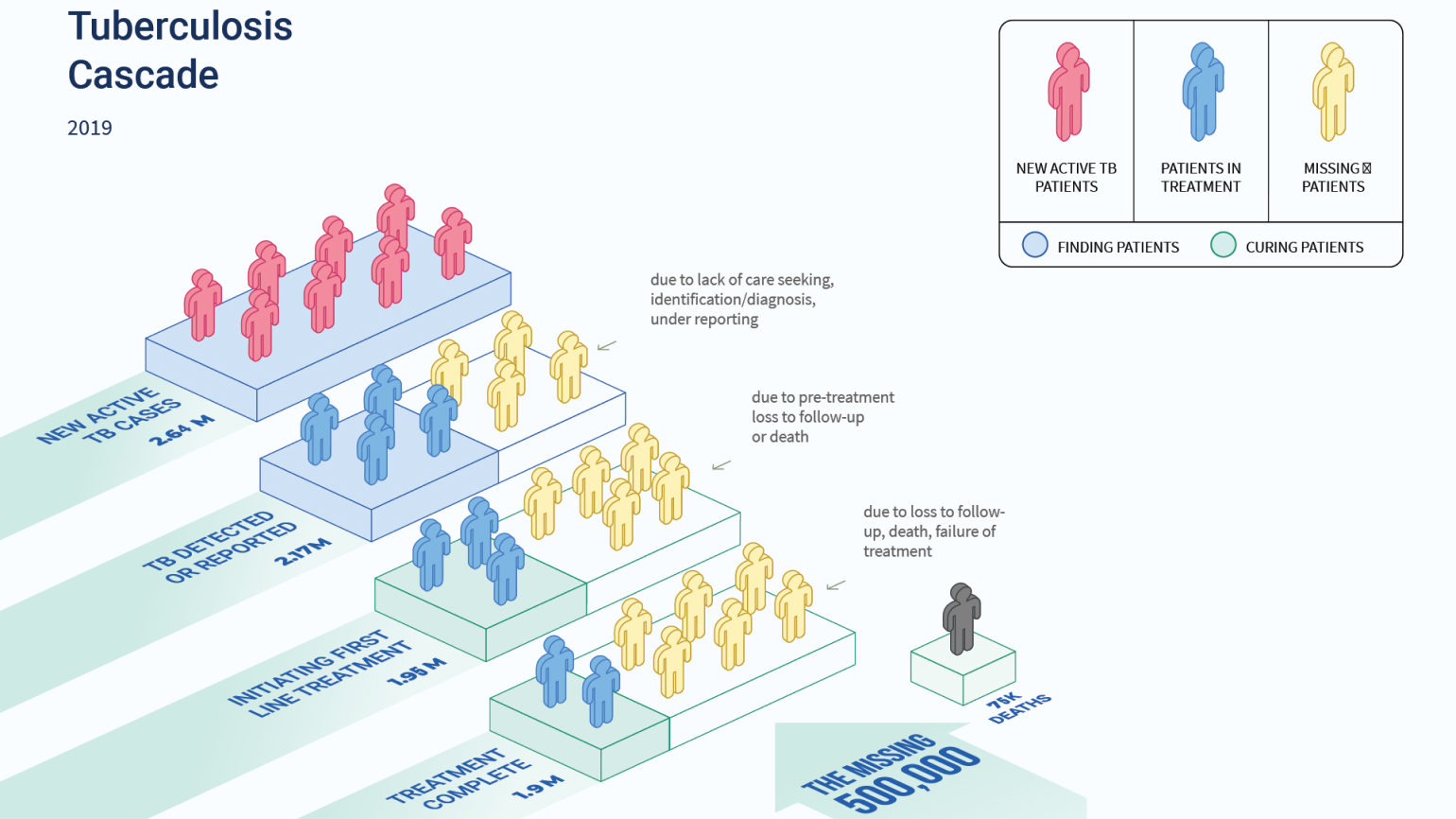
Differentiated interventions in TB diagnosis and treatment across the cascade of care.
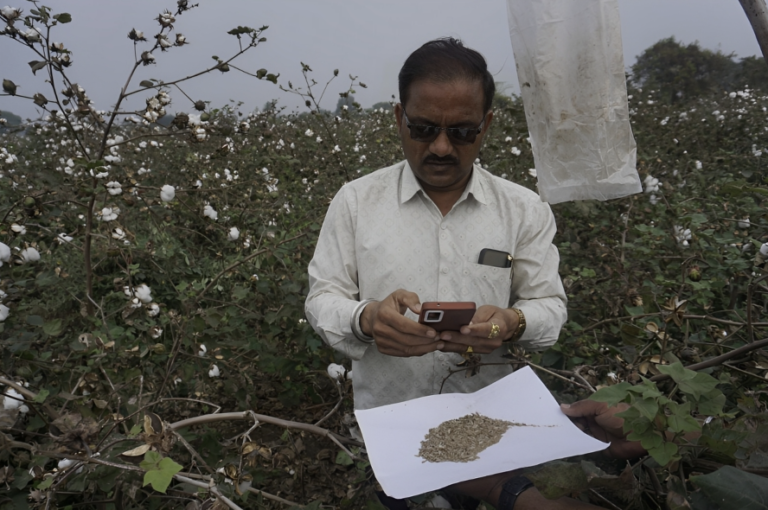
Early detection and management of pink and American bollworm infestations in cotton crops.
Help frontline workers track baby weight in rural homes and hospital settings to reduce infant mortality and malnutrition.
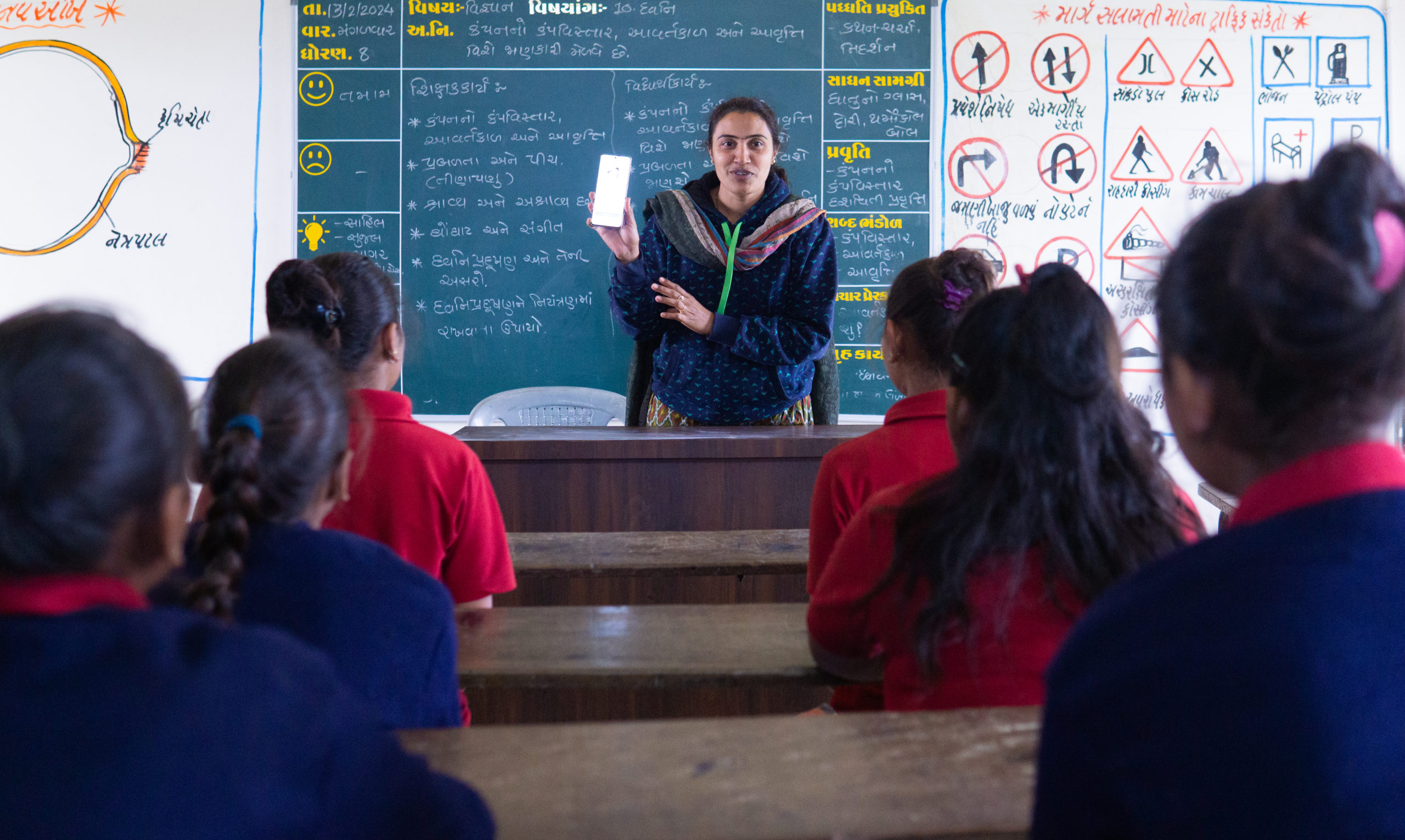
An AI-based solution to automate reading fluency assessments, using voice recordings.
The Wadhwani Institute for Artificial Intelligence takes on intractable problems where technologies such as AI can potentially be transformative. We balance scientific rigour with empathy to keep the communities we are trying to help at the core of our work.
We are currently building AI-based solutions in the agriculture, education, and health domains, such as pest management for cotton farms, maternal, newborn and child health and tuberculosis.

2024 was a pivotal year in Wadhwani AI’s journey from innovation to large-scale impact. Building on the foundation laid in 2023—where our solutions reached nearly 10 million people—we successfully deployed eight AI solutions this year across sectors and geographies.
As we look ahead, 2025 marks an ambitious leap forward. With plans to deploy 10 more solutions across India, we are poised to reach 50% of the country’s underserved population. Our focus will be on integrating AI into mainstream healthcare systems—embedding our solutions into public health platforms, expanding our nationwide TB screening efforts, and advancing multimodal AI capabilities.
We are also laying the groundwork to engage with international partners, working towards a future where nations across the Global South can access and benefit from inclusive, responsible AI.
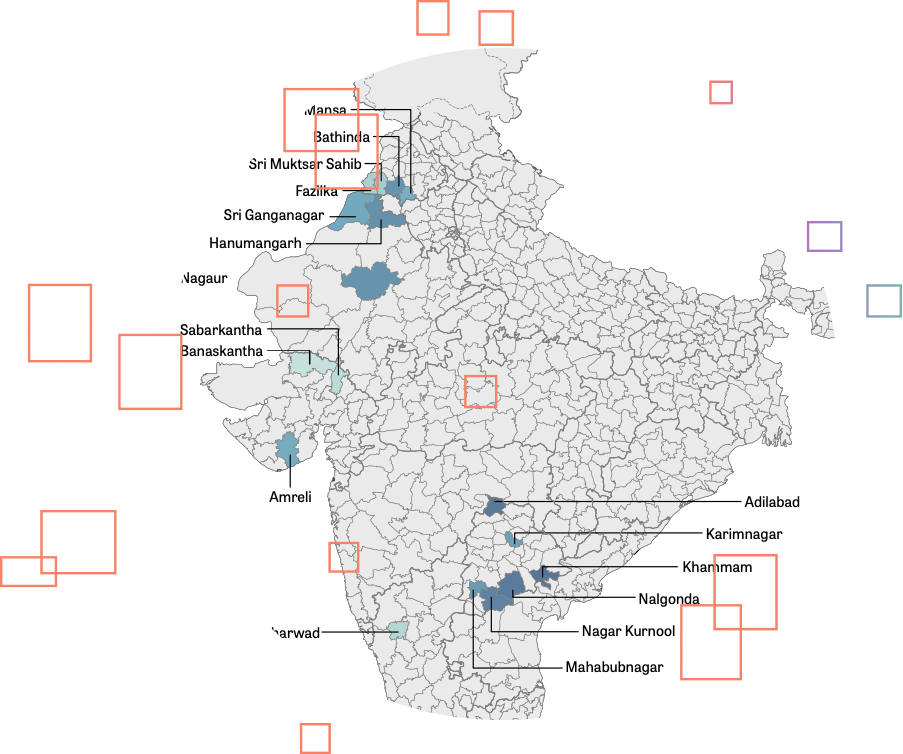
CottonAce, Wadhwani AI’s early pest warning and advisory system, was developed to aid in the larger effort to improve the lives of cotton farmers in India. Between June to December 2021, the AI-powered solution was used by over 6,000 farmers across 60 districts and 10 states in the country.
Our latest report assesses the impact it has had on the ground, and outlines some of the challenges present in implementing an AI-powered pest management intervention in one of the most complex agricultural systems in the world.
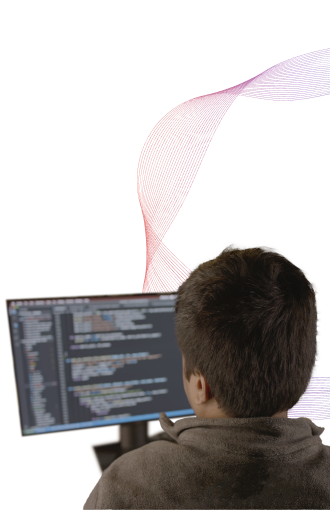
We partner with governments, social sector organisations, domain experts and academic institutions to ensure our innovations are accessible to those who need them the most. Our work is funded by technology entrepreneurs and philanthropists Romesh and Sunil Wadhwani,, Bill and Melinda Gates Foundation, Google.org, USAID, and Fondation Botnar. We work closely with a range of global and Indian organisations to effectively deploy our solutions.
We have been supporting various ministries and policy think tanks at the Indian state and Central government level – including NITI Aayog, Ministry of Health & Welfare, state governments of Telangana, Maharashtra and more – to identify use cases, collect data, conduct pilots and deploy solutions through our Strategic Programs initiative.
Join our mailing list to receive our newsletters and get regular updates about our ongoing solutions, partnerships and programs.

© 2025 Wadhwani AI
ROLES AND RESPONSIBILITIES
An ML Engineer at Wadhwani AI will be responsible for building robust machine learning solutions to problems of societal importance; usually under the guidance of senior ML scientists, and in collaboration with dedicated software engineers. To our partners, a Wadhwani AI solution is generally a decision making tool that requires some piece of data to engage. It will be your responsibility to ensure that the information provided using that piece of data is sound. This not only requires robust learned models, but pipelines over which those models can be built, tweaked, tested, and monitored. The following subsections provide details from the perspective of solution design:
Early stage of proof of concept (PoC)
Late PoC
This is early to mid-stage of AI product development
Post PoC
Responsibilities during production deployment
We realize this list is broad and extensive. While the ideal candidate has some exposure to each of these topics, we also envision great candidates being experts at some subset. If either of those cases happens to be you, please apply.
DESIRED QUALIFICATIONS
Master’s degree or above in a STEM field. Several years of experience getting their hands dirty applying their craft.
Programming
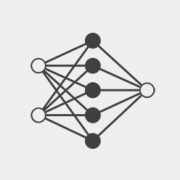
ROLES AND RESPONSIBILITIES
As an ML Scientist at Wadhwani AI, you will be responsible for building robust machine learning solutions to problems of societal importance, usually under the guidance of senior ML scientists. You will participate in translating a problem in the social sector to a well-defined AI problem, in the development and execution of algorithms and solutions to the problem, in the successful and scaled deployment of the AI solution, and in defining appropriate metrics to evaluate the effectiveness of the deployed solution.
In order to apply machine learning for social good, you will need to understand user challenges and their context, curate and transform data, train and validate models, run simulations, and broadly derive insights from data. In doing so, you will work in cross-functional teams spanning ML modeling, engineering, product, and domain experts. You will also interface with social sector organizations as appropriate.
REQUIREMENTS
Associate ML scientists will have a strong academic background in a quantitative field (see below) at the Bachelor’s or Master’s level, with project experience in applied machine learning. They will possess demonstrable skills in coding, data mining and analysis, and building and implementing ML or statistical models. Where needed, they will have to learn and adapt to the requirements imposed by real-life, scaled deployments.
Candidates should have excellent communication skills and a willingness to adapt to the challenges of doing applied work for social good.
DESIRED QUALIFICATIONS
